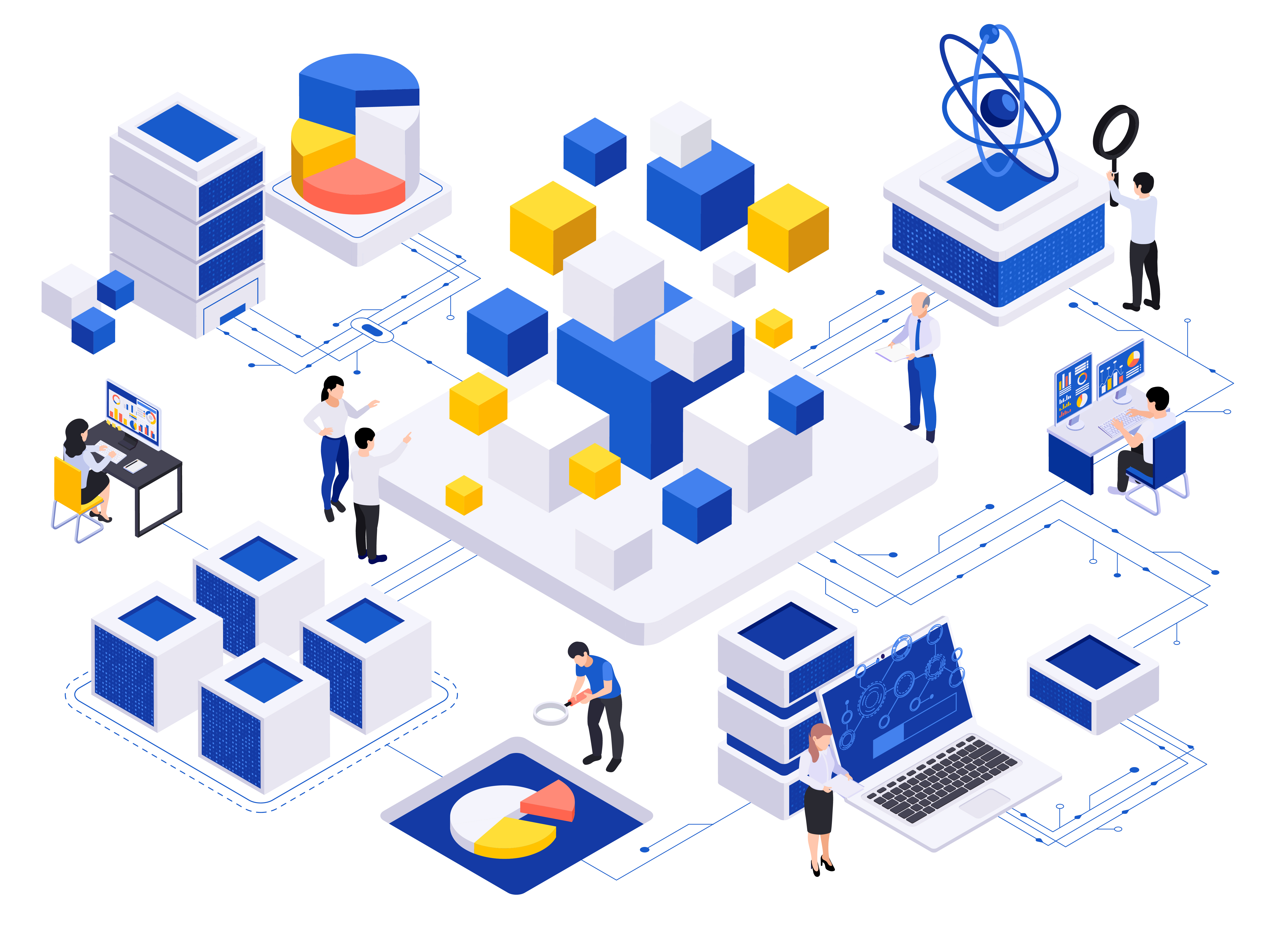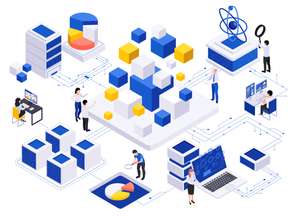
Demystifying Services Architecture: A Comprehensive Guide
In the ever-evolving landscape of software development, microservices have emerged as a game-changer. As a solution architect, it's vital to understand the various types of service architectures and how they impact your projects. In this post, we'll explore these architectures to enhance your comprehension.
Services Architecture Demystified
Services have revolutionized the way we design and develop applications. Instead of monolithic structures, we break down complex systems into smaller, independent components. Let's delve into the different types of service architectures:
1. Monolithic Architecture:
The classic monolithic architecture represents a single, tightly integrated application where all functions are interconnected. It is simple to develop but can be challenging to scale and maintain.
2. Microservices Architecture:
Microservices architecture divides your system into independently deployable services, each with specific responsibilities. This approach enhances development speed, scalability, and maintenance, giving you exceptional flexibility.
3. Service-Oriented Architecture (SOA):
SOA is an older approach that emphasizes creating reusable services with well-defined interfaces. While it shares similarities with microservices, SOA often involves heavier enterprise service buses (ESBs) and may lack the fine-grained granularity of microservices.
4. Event-Driven Architecture:
Event-Driven Architecture uses asynchronous messaging to create loosely coupled services. Events are produced and consumed, enabling scalability and flexibility while ensuring decoupling between services.
5. API Gateway-Based Architecture:
API Gateways serve as intermediaries between clients and microservices. They manage tasks like authentication, load balancing, and request routing, simplifying client interactions and enhancing security.
6. Serverless Architecture:
Serverless architecture empowers you to run code without managing servers. Functions-as-a-Service (FaaS) providers like AWS Lambda facilitate easy scalability and cost-efficiency.
7. Container-Based Architecture:
Containers, such as Docker, bundle applications and their dependencies, ensuring consistency across various environments. Container orchestration tools like Kubernetes efficiently manage deployment and scaling.
8. Hybrid Architectures:
In complex scenarios, hybrid architectures may be the answer, combining different microservices patterns to meet specific requirements. This could entail employing both microservices and serverless approaches for different parts of the system.
9. Micro Frontends:
Micro Frontends apply microservices principles to the frontend layer, allowing teams to independently develop and deploy different parts of the user interface. This enhances user experience and maintainability.
10. CQRS and Event Sourcing:
CQRS (Command Query Responsibility Segregation) separates read and write operations, while Event Sourcing records all changes as a sequence of events. This approach suits systems requiring audit trails and complex querying.
Choosing the Right Services Architecture
In conclusion, selecting the right services architecture depends on your project's specific needs and objectives. Understanding these options can help you create a scalable, maintainable, and adaptable system that aligns with your organization's demands. Keep in mind that hybrid architectures and combinations of these patterns often provide the most practical solutions for real-world applications.
If you found this guide helpful, please feel free to share it with your colleagues and peers. And don't hesitate to reach out if you have further questions or need assistance in designing your services architecture.




